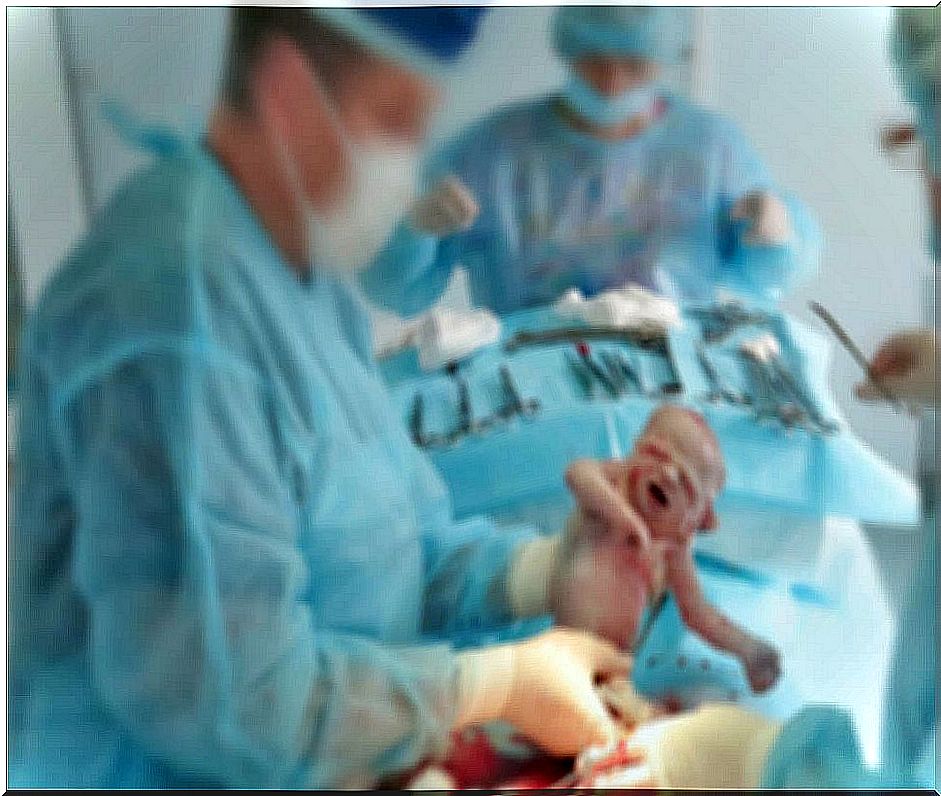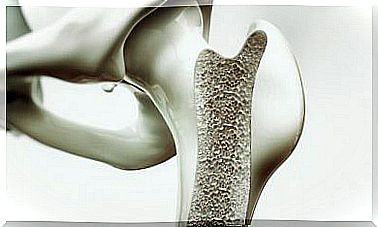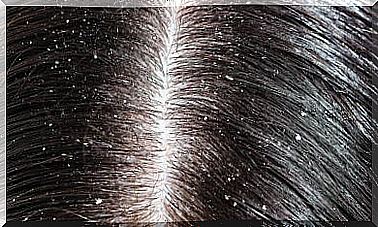Surgical Diseases Of The Newborn
Certain physical surgical illnesses are very common during the first weeks after the newborn is born. Any surgical confrontation that the neonate has to overcome is complex due to its physical weakness.
Since perinatal care has evolved in a very positive and effective way over the last few years , the survival of the newborn with respect to these surgical diseases has improved exponentially.
The development in medicine focused on neonates with complex pathologies and, therefore, requiring surgical treatment, has been possible thanks to advances such as the following :
- An effective prenatal diagnosis with early referral.
- The improvement in surgical techniques and technologies. Like minimally invasive surgery, which we will talk about later.
- An adequate team of professionals specialized in the field.
- Advances focused on post-surgical care.
- Investments in the development of neonatal surgery as a subspecialty.
Most relevant surgical diseases of the newborn
They highlight a series of surgical diseases of the newborn that are especially relevant. Next, we make a brief summary of what they are.
Wet navel in newborns
Fluid drainage from the umbilicus can originate from two types of embryonic structures. The most common is in vestigial sinuses, although it can also be in urachal or mesenteric fistulas.
In the event that the moisture becomes purulent, the newborn may be at risk of developing septicemia.
Umbilical mass in newborns
In newborns, the granuloma is the most common form in which the problem develops. Although in most cases, the pathology responds to topical treatments. In this way, surgery would not be required, it may be the case that it is necessary.
Umbilical or supraumbilical hernia

In the event that the newborn has an umbilical hernia, the chances of spontaneous resolution are quite high. The complication rate that can occur today is very low.
The smaller the problem and the earlier the diagnosis, the greater the chances of spontaneous resolution.
On the other hand, if the hernia turns out to be supraumbilical, in no case will it close spontaneously. In addition, it is usually symptomatic despite its small size. The treatment to be applied to the newborn will always be surgical.
This involvement is often confused with diastasis recti anteriors. Also with umbilical hernias, specifically when it comes to supraumbilical hernia, which is in close contact with the umbilical scar.
It is important to mention the foreskin as another of the generating areas of surgical diseases in newborns. This is mainly due to the development of scar and physiological adhesions, as well as infections in the preputial area.
Empty scrotum as surgical disease in newborns

The empty scrotum is a condition that takes place in the case that one or both testicles are not in the scrotum. This problem may have been caused by an accentuated Cremasteric reflex.
Likewise, it may also have happened that the testicles did not descend to the scrotal bag, staying in some other unsuitable place or staying halfway. This causes a testicular cryptorchidism or ectopia.
Minimally invasive surgery
Focused on surgical diseases of the newborn, minimally invasive surgery has turned out to be one of the most relevant surgical advances in recent decades.
Morbidity, as well as pain, adhesions and scars caused by the operation, have been greatly minimized. This is possible thanks to the reduction of incisions to surgical punctures.
The evolution of advanced surgical skills, as well as the introduction of miniature laparoscopic instruments, has made minimally invasive surgery one of the greatest advances in modern medicine.
It has been possible to extend the benefits of minimal incisions, and make the patient experience a faster recovery, also reducing pain. Likewise, the procedures developed in surgeries performed on neonates are much more precise.
Minimally invasive surgery is currently used especially in abdominal and thoracic pathologies in the newborn.
The procedures that can continue to be used in minimally invasive surgery, focused on treating neonatal surgical pathologies, are many and varied. Likewise, as mentioned above, the benefits obtained thanks to it, compared to open surgery, are much higher.









